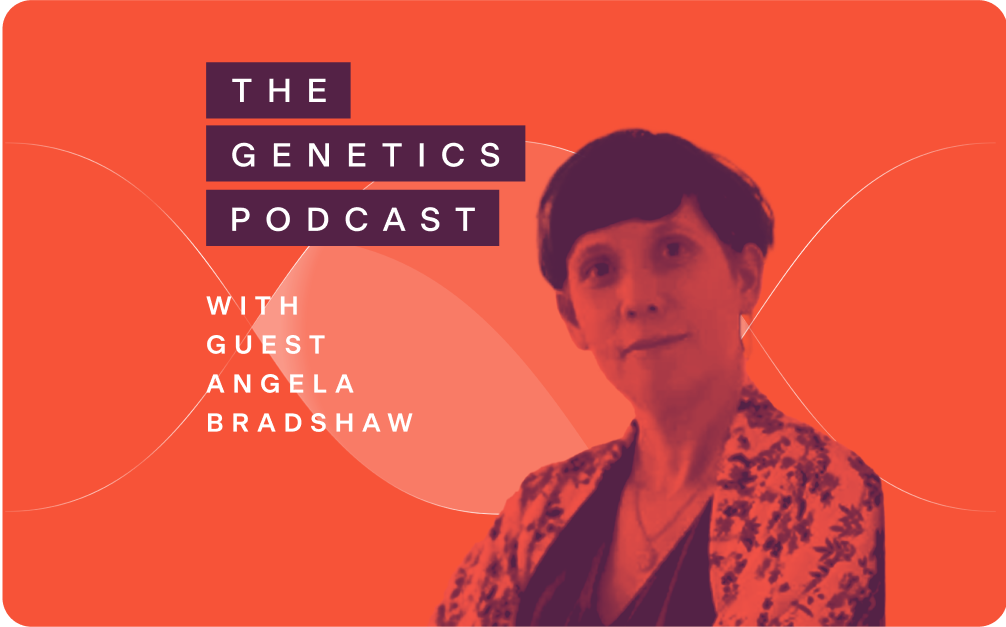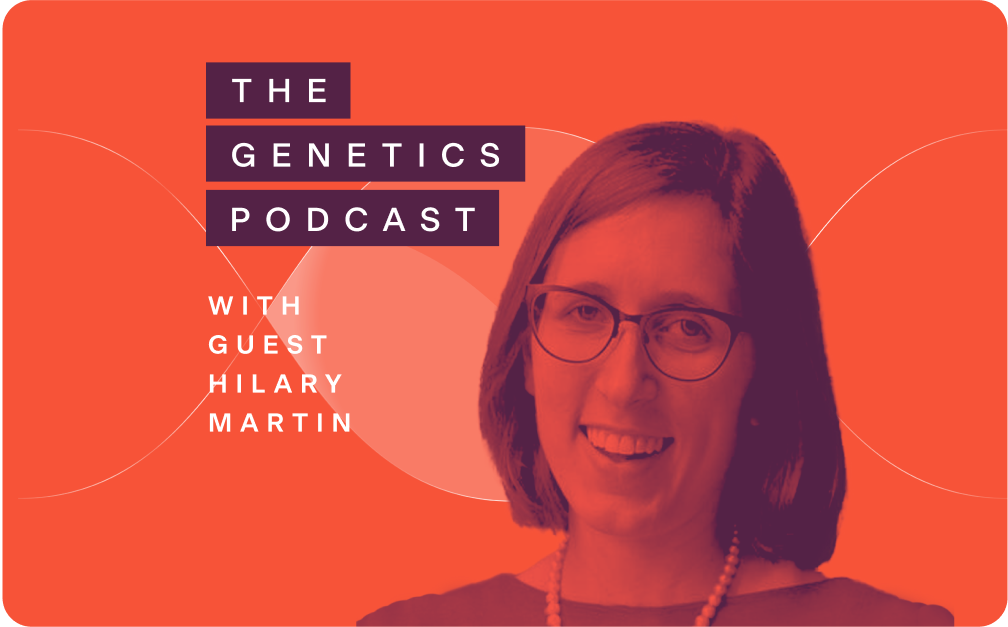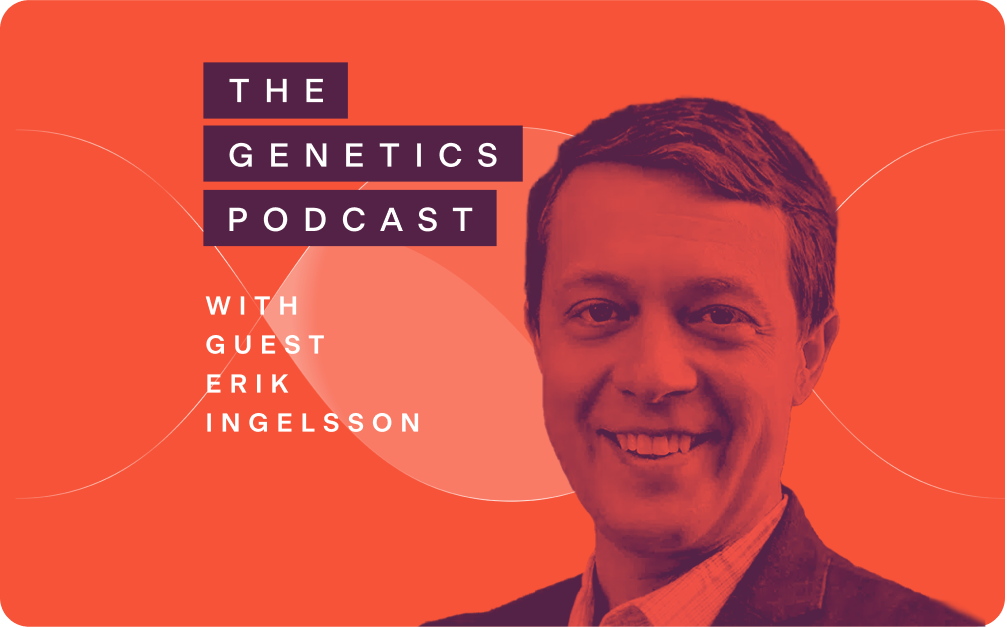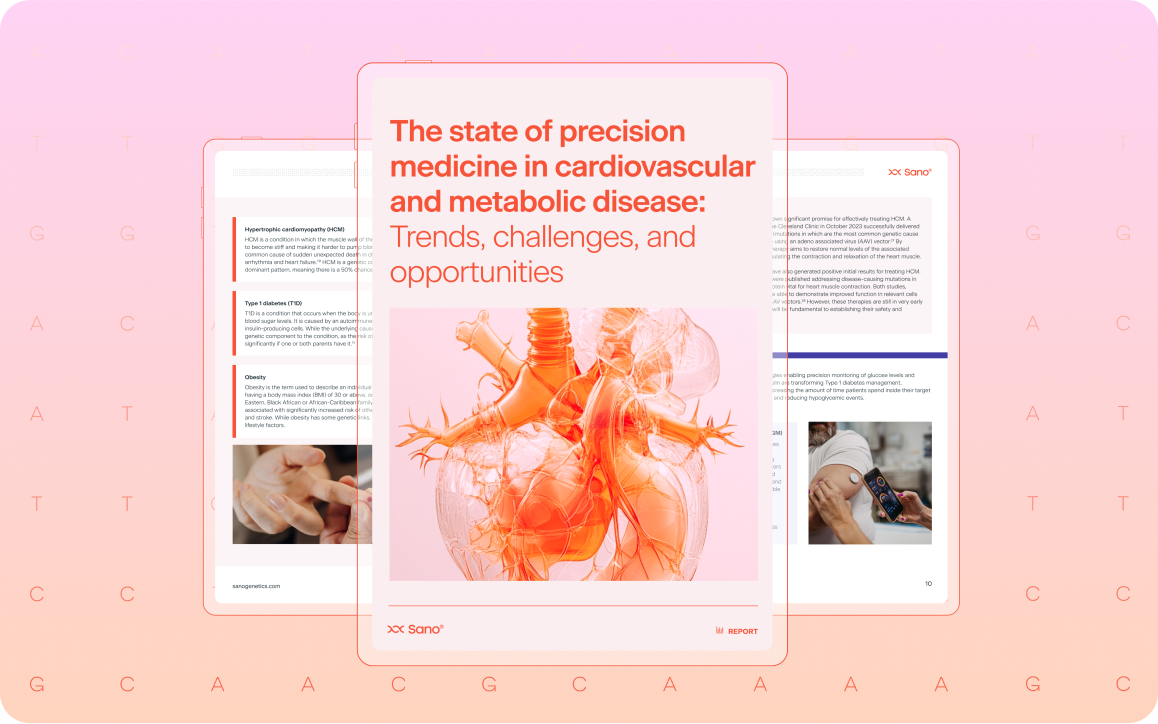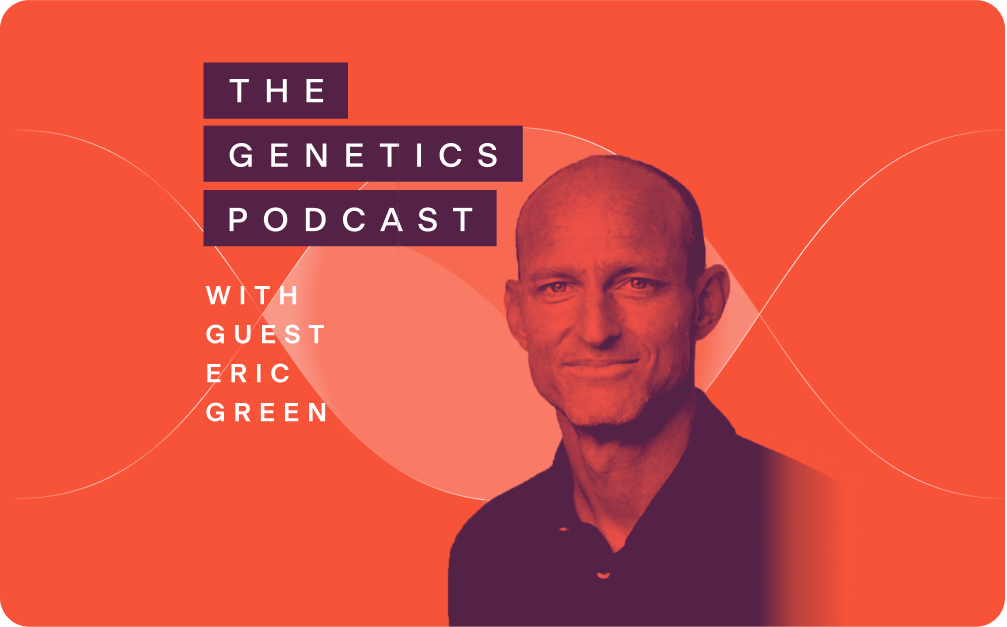Clinical research blog
Explore our blog for insights into the big questions in precision medicine and clinical research.
We were excited to welcome Angela Bradshaw, Director of Research at Alzheimer Europe, to The Genetics Podcast this week. Angela shared her journey from academic research to collaborating on initiatives that tackle Alzheimer’s disease and dementia across Europe. With a career spanning oncology and gene therapy, and a personal connection to rare diseases and dementia, Angela offered a unique perspective on the challenges and opportunities in dementia research, diagnostics, and care.
Today’s biotech market has never been more competitive, so the ability to innovate quickly and efficiently is a critical success factor. To achieve this, some organizations have turned to agile methodologies, open-source solutions, and advanced analytics powered by artificial intelligence (AI). By strategically integrating these approaches, biotech companies can enhance research productivity, control expenditures, and ultimately bring new precision medicine therapies to market more rapidly.
Metabolic-associated steatotic hepatitis (MASH) is primarily managed through lifestyle modifications, such as adopting a restricted diet high in antiinflammatory ingredients like fruits, vegetables and whole grains, planned exercise routines and cutting out alcohol. However, precision medicine approaches are also showing promise for not only managing the condition, but improving the diagnostic process, enabling early detection and preventing disease progression. Below, we explore the data-driven insights precision medicine is starting to enable in MASH.
In the latest episode of The Genetics Podcast, host Patrick Short is joined by Dr. Hilary Martin, Group Leader in Human Genetics at the Wellcome Sanger Institute, to discuss her research in neurodevelopmental disorders, consanguinity, and genetic complexity. With a career spanning studies in population genomics and developmental disorders, Hilary offers a unique perspective on the interplay between rare and common genetic variants, as well as the ethical and scientific considerations surrounding her work.
Recently on The Genetics Podcast, Patrick sat down with Dr. Erik Ingelsson, Chief Scientific Officer at Wave Life Sciences, to explore some of the most exciting developments in RNA medicine, target discovery, and biotech. With a career spanning academic research, big pharma, and now biotech, Erik shared his unique perspective on advancing genetic discoveries into real treatments for patients.
Precision medicine approaches to cardiometabolic conditions are still in their infancy but stand poised to transform treatment approaches and are increasingly recognized as key to tackling the global epidemic of CV and metabolic disease.
Cardiovascular disease remains a leading global health concern, claiming millions of lives each year and disproportionately affecting communities worldwide. Factor in conditions like diabetes, hypertension, and fatty liver disease, and you start to see how deeply cardiometabolic issues are woven into our healthcare systems—and our daily lives. Yet there’s a new wave of hope: precision medicine. By tailoring diagnosis, prevention, and treatment to each individual’s genetic profile, environment, and lifestyle, we’re redefining what’s possible in patient care.
In the latest episode of The Genetics Podcast, host and Sano Genetics CEO Patrick Short welcomes Dr. Eric Green, CEO and Founder of Trace Neuroscience. Eric has a wide range of experience in genomics and precision medicine, having co-founded Maze Therapeutics and previously worked as a cardiologist and academic researcher. Together, they explore the evolution of genomic medicine, drug development, and building biotechs.
Numbers of gene and cell therapy trials are expanding rapidly. Here, we examine the market forces and regulatory pathways allowing this field to grow.
There are strong indications that patient acceptance of cell and gene therapies increases significantly following the provision of clear, easy-to-understand information. Here, we outline some opportunities to create more patient-centric research in this area.

